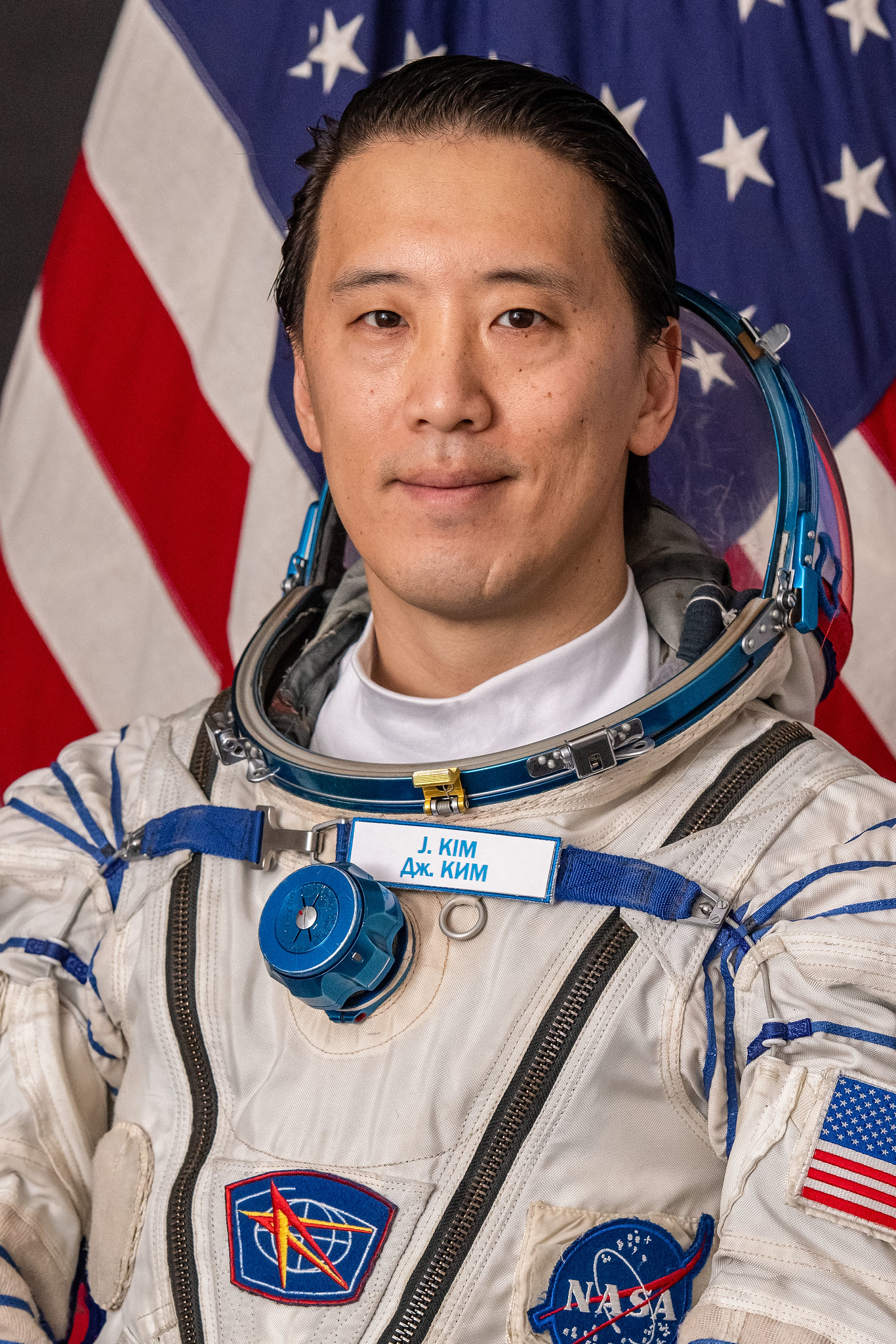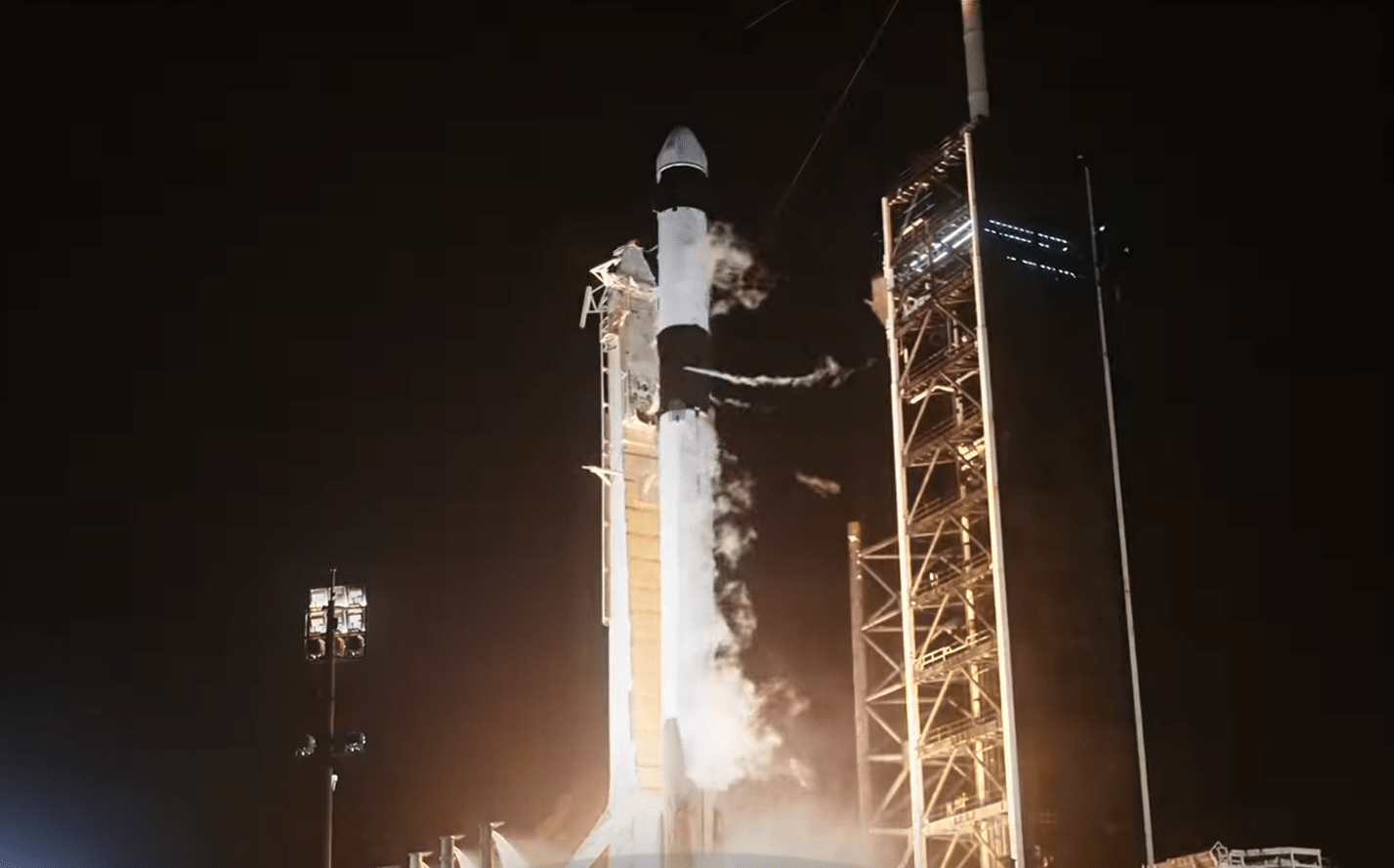What does the future of space exploration look like? At the 2025 FIRST Robotics World Championship in Houston, NASA gave student robotics teams and industry leaders a first-hand look—complete with lunar rovers, robotic arms, and real conversations about shaping the next era of discovery. Students and mentors experience NASA exhibits at the 2025 FIRST Robotics World Championship at the George R. Brown Convention Center in Houston from April 16-18. NASA/Sumer Loggins NASA engaged directly with the Artemis Generation, connecting with more than 55,000 students and 75,000 parents and mentors. Through…
Read MoreTag: Johnson Space Center
In the Starlight: Jason Phillips’ Unexpected Path to Johnson Procurement
Sometimes an unexpected turn in a carefully planned career path leads to surprising opportunities for growth and exciting new experiences. For Jason Phillips, that turn steered toward NASA’s Johnson Space Center in Houston. Official portrait of Jason Phillips. NASA/Bill Stafford Phillips joined the U.S. Air Force in 1994 and planned to serve for at least 20 years, but in 2010—while preparing for a third deployment after 14 years of service—he found himself facing a medical separation from the military. “In a very short amount of time I had to figure…
Read MoreNASA Astronaut to Answer Questions from Students in California
NASA astronaut and Expedition 73 Flight Engineer Jonny Kim. Credit: Gagarin Cosmonaut Training Center Students from Santa Monica, California, will connect with NASA astronaut Jonny Kim as he answers prerecorded science, technology, engineering, and mathematics-related questions aboard the International Space Station. Watch the 20-minute space-to-Earth call at 12:10 p.m. EDT on Tuesday, April 29, on the NASA STEM YouTube Channel. Media interested in covering the event must RSVP by 5 p.m., Friday, April 25, to Esmi Careaga at: ecareaga@smmusd.org or 805-651-3204 x71582. The event is hosted by Santa Monica High…
Read MoreNASA Astronaut Don Pettit to Discuss Seven-Month Space Mission
NASA astronaut and Expedition 72 Flight Engineer Don Pettit sets up camera hardware to photograph research activities inside the International Space Station’s Kibo laboratory module on March 15, 2025. Credit: NASA Media are invited to a news conference at 2 p.m. EDT Monday, April 28, at NASA’s Johnson Space Center in Houston where astronaut Don Pettit will share details of his recent mission aboard the International Space Station. The news conference will stream live on NASA’s website. Learn how to stream NASA content through a variety of platforms. To participate…
Read MoreNASA Science, Cargo Launch on 32nd SpaceX Resupply Station Mission
A SpaceX Falcon 9 rocket carrying a Dragon spacecraft lifts off from Launch Complex 39A at NASA’s Kennedy Space Center in Florida at 4:15 a.m. EDT on April 21 2025, on the company’s 32nd commercial resupply services mission for the agency to the International Space Station. Credit: NASA Following the successful launch of NASA’s SpaceX 32nd Commercial Resupply Services mission, new scientific experiments and supplies are bound for the International Space Station. The SpaceX Dragon spacecraft, carrying approximately 6,700 pounds of cargo to the orbiting laboratory for NASA, lifted off…
Read MoreNASA to Cover US Spacewalk 93, Hold Preview News Conference
NASA astronauts work to retrieve batteries and adapter plates from an external pallet during a spacewalk to upgrade the International Space Station’s power storage capacity. Credit: NASA Two NASA astronauts will venture outside the International Space Station, conducting U.S. spacewalk 93 on Thursday, May 1, to complete station upgrades. NASA will preview the upcoming spacewalk during a news conference at 2 p.m. EDT on Thursday, April 24, on the agency’s website from NASA’s Johnson Space Center in Houston. Learn how to watch NASA content through a variety of platforms, including…
Read MoreNASA Astronaut to Answer Questions from Colorado Students
NASA astronaut Nichole Ayers works at the controls of the robotics workstation in the International Space Station’s Destiny Laboratory. Credit: NASA Students from Woodland Park, Colorado, will connect with NASA astronaut Nichole Ayers as she answers prerecorded science, technology, engineering, and mathematics-related questions from aboard the International Space Station. Watch the 20-minute space-to-Earth call at 11:55 a.m. EDT on Monday, April 21, on the NASA STEM YouTube Channel. The event, hosted by Woodland Park High School, also is open to students from Woodland Park Middle School. The Colorado high school…
Read MoreStation Nation: Meet Nick Kopp, SpaceX Dragon Flight Lead
Nick Kopp is a Dragon flight lead in the Transportation Integration Office at Johnson Space Center in Houston. He is currently leading NASA’s efforts to prepare, launch, and return the agency’s 32nd SpaceX commercial resupply services mission. He works directly with SpaceX and collaborates with NASA’s many internal, external, and international partners to ensure the success of this and other cargo missions to the International Space Station. Read on to learn about his career with NASA and more! Nick Kopp’s official portrait. NASA/Bill Stafford The time and effort spent building,…
Read MoreNASA Astronaut to Answer Questions from Students in Florida
NASA astronaut and SpaceX Crew-10 Pilot Nichole Ayers. Credit: SpaceX Students from Dade City, Florida, will have the chance to connect with NASA astronaut Nichole Ayers as she answers prerecorded science, technology, engineering, and mathematics-related questions from aboard the International Space Station. Watch the 20-minute space-to-Earth call at 1 p.m. EDT on Friday, April 11, on NASA+ and learn how to watch NASA content on various platforms, including social media. The event, hosted by Academy at the Farm and open to students and their families, will occur in Dade City.…
Read MoreMeet Alex Olley: Air Force Veteran Powering the Space Station
As an Air Force veteran from Spartanburg, South Carolina, Alex Olley now serves as a contract specialist in the International Space Station Procurement Office at NASA’s Johnson Space Center in Houston. Olley joined NASA as a Pathways intern in January 2023 to turn his lifelong goal into a reality—bringing his unique experience in the defense and space industries to support one of humanity’s most ambitious endeavors. Official portrait of Alex Olley. NASA Olley manages the procurement of supplies, services, and research for the International Space Station. His role requires sharp…
Read More








